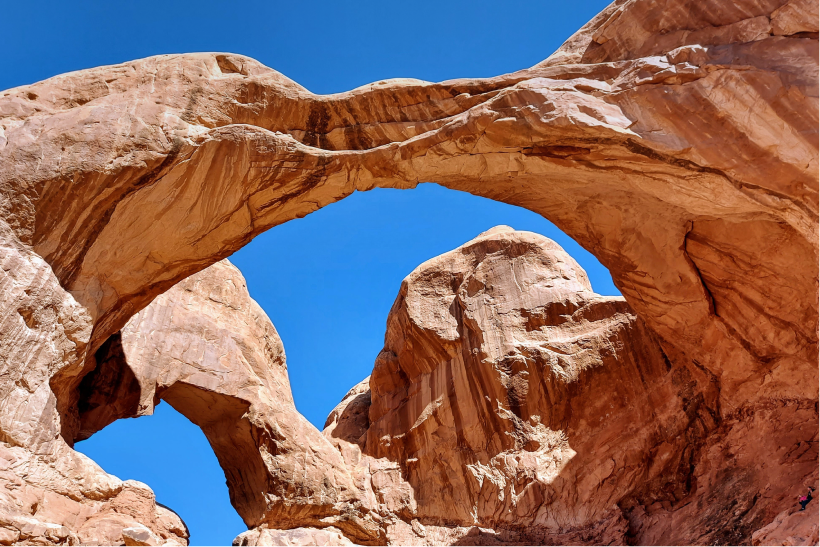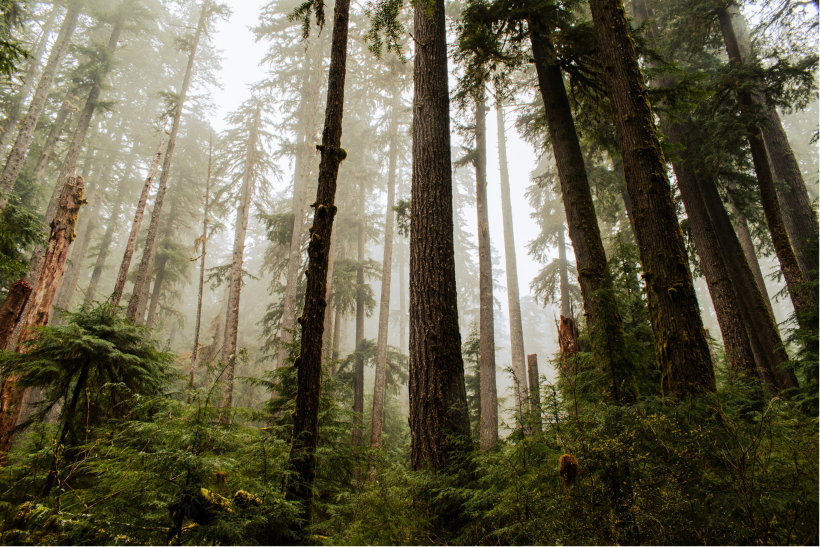
Co-creating a recreational trail strategy
Goal
Develop a recreational trail strategy plan informed by AllTrails visitor use data.
Impact
- Saved 130 hours of manual survey time by monitoring visitor trends and patterns
- Expedited data collection by combining AllTrails visitor insights with locally collected trail counter data
- Improved 83 trail pages to enhance the visitor experience
- Improved visitor preparedness with accurate descriptions and real-time trail conditions
“AllTrails and the Public Lands Program are helping us to strategize how to communicate with visitors so they get the right information and [are able to] pass it on. We are excited to use AllTrails’ visitor insights to learn about our visitors, provide them with new hiking experiences, and prepare them with interesting and authoritative information.”
Background
The Wellington Park Management Trust oversees 45,000 acres of reserved land on the outskirts of Hobart, Tasmania - coordinating a unified approach to management across several land tenures and on-ground agencies.
Challenge
Trail visitors tend to focus exclusively on a small portion of trails, which creates congestion and overcrowding. Wellington Park engaged AllTrails to develop a fast and cost-effective solution. Together, we set out to understand visitor patterns and encourage the safe and informed exploration of lesser-known trails.
Approach
- Analyzed AllTrails visitor data in conjunction with on-the-ground ranger data to understand how visitors planned for their trip, interacted with the trail during their trip, and reviewed their experience after the trip
- Reviewed trail details, including user trip reports, in order to update key trail information that prepares visitors for a safe and enjoyable experience
- Published new trail pages to support exploration in less-traveled areas of the park
Outcome
Wellington Park Management Trust integrated AllTrails data into its trail management plan to improve visitor preparedness. They reviewed trail details and ensured that information regarding trail distance and difficulty accurately represented conditions on the ground.- Saved an estimated 130 hours of park resources by reducing the need for manual field surveying
- Improving the visitor experience by editing 83 trail pages and creating 4 new routes, which encourages visitors to explore less-trafficked locations and alleviates congestion
- Created a robust trail system dataset supporting management decisions and funding applications
- Identified key areas for improvement by monitoring visitor trends and patterns, which enables them to predict where to best direct resources
Related case studies

Responsible trail stewardship
Grand County, UT uses alerts to keep visitors on the right paths and away from protected areas.

66% fewer search and rescue incidents
Olympic National Park used real-time alerts to swiftly and drastically improve park safety.

Funding accessibility with verified trail traffic data
Saginaw Basin Land Conservancy reviewed AllTrails visitor usage data to secure funding to build an accessible boardwalk trail.
Let's work together
We're always looking for new ways to support the public lands we love.